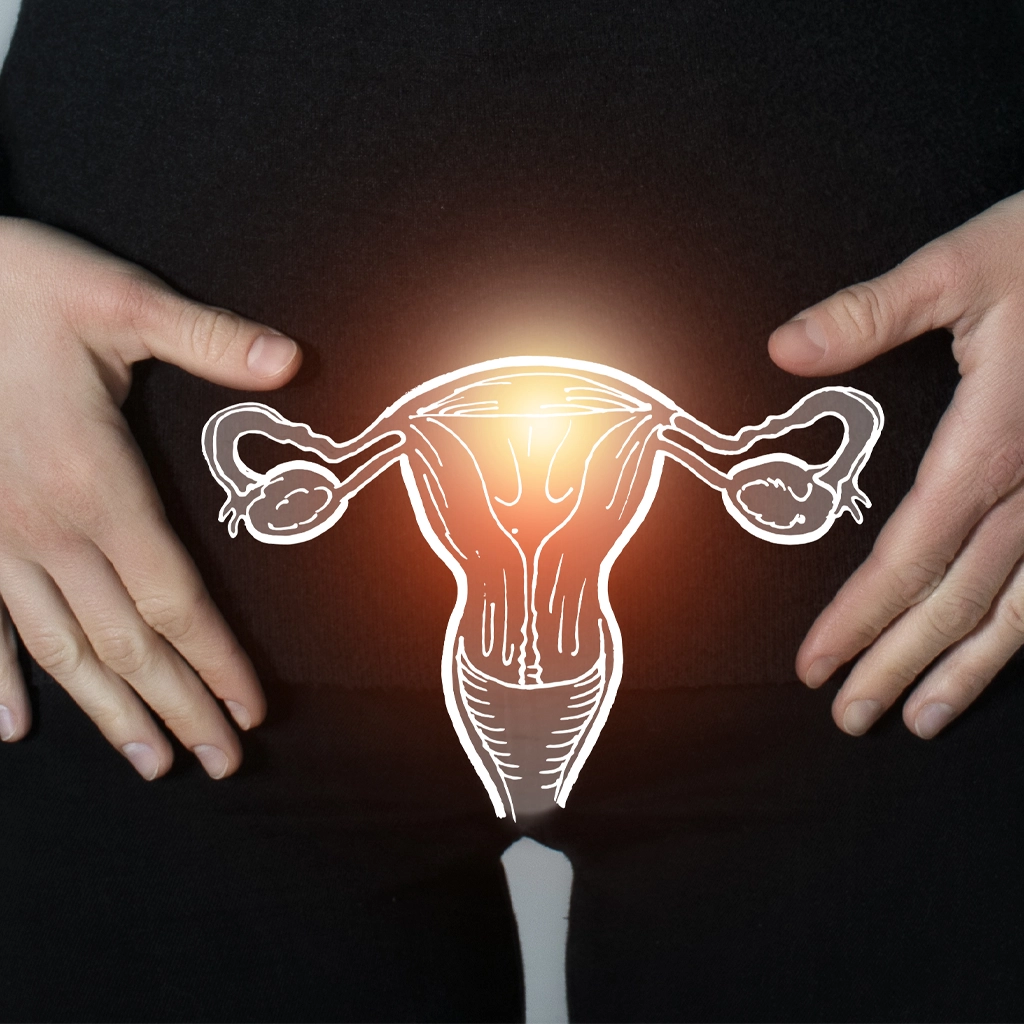Uterine fibroids, a common health concern among women, especially African American women, are non-cancerous growths that develop within the uterus. Despite their prevalence, many individuals may not be familiar with what these fibroids are and how they develop. Let’s delve into the intricacies of uterine fibroids, shedding light on their development and the impact they can have on women’s health.
What are Uterine Fibroids?
Uterine fibroids are muscular tumors that grow on the wall of the uterus. They usually range in size from two inches to four inches. Up to 40% of women over the age of 35 will develop fibroids and African-American women may be up to 3 times as likely to develop them.
The exact cause of uterine fibroids remains unclear, but several factors are believed to contribute to their development. Genetics plays a significant part, as women with a family history of fibroids are more likely to develop them. Hormones, particularly estrogen and progesterone, also play a crucial role in the growth of fibroids. These hormones stimulate the uterine lining during the menstrual cycle and may promote the development of fibroids.
Age and reproductive factors also influence the likelihood of developing uterine fibroids. These growths are more common in women of reproductive age. Additionally, women who have never given birth or had a history of early menstruation may be at a higher risk of developing fibroids.
The symptoms associated with uterine fibroids can vary widely, with some women experiencing no noticeable effects while others may face significant challenges.
Common symptoms of uterine fibroids include:
- Heavy menstrual bleeding
- Pelvic pain or pressure
- Frequent urination
- Lower backache
- Fertility issues or complications during pregnancy and labor
How Fibroids are Diagnosed and Treated
Diagnosing uterine fibroids typically involves a combination of medical history, physical examination, and imaging studies like ultrasounds or MRIs. In many cases, hysterectomy (surgical removal of the uterus) or myomectomy (surgical removal of the fibroids from the uterus) has been recommended for women with fibroids. However, the American College of Obstetrics and Gynecology now recommends uterine fibroid embolization (UFE) as a non-surgical alternative to hysterectomy. This alternative is proven to be safe, and unlike a hysterectomy or myomectomy, the uterus is preserved and the fibroids do not return.
Ultimately, uterine fibroids are a prevalent but often misunderstood health concern among women. While their exact cause remains elusive, factors such as genetics, hormones, age, and reproductive history contribute to their development. Understanding the impact of uterine fibroids on women’s health is crucial for early detection, appropriate management, and improved quality of life for those affected by this condition.
